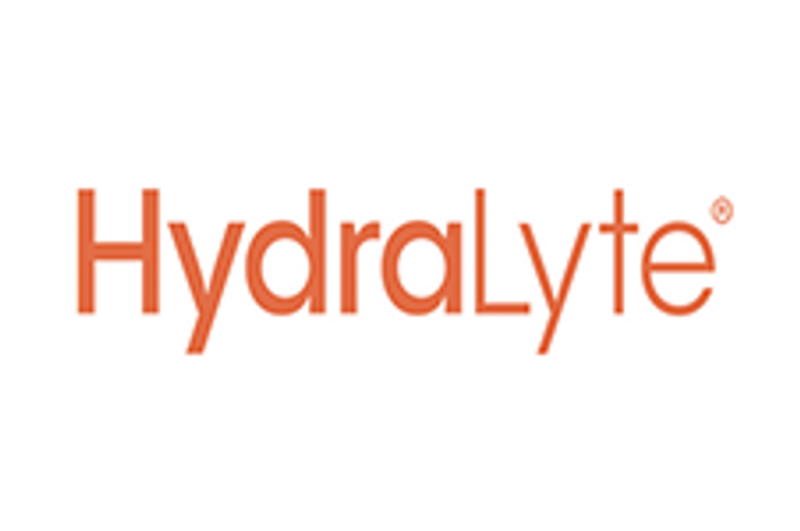Waiver of ASX Listing Rule 10.1 Granted: A Deep Dive
The ASX Listing Rule 10.1 is a regulation implemented by the Australian Securities Exchange (ASX) that primarily shields shareholders from actions that could potentially dilute their rights. Specifically, Rule 10.1 prohibits an entity from disposing of a major asset to a related party, a substantial holder, or an associate without first getting the approval from its shareholders.
Recently, a waiver was granted in scenarios involving specific transactions, giving a fresh perspective to this regulation. This move has brought about several implications for the entities involved in such transactions and their shareholders. This article will look at the significance of this development and the potential implications it could have, both for the entities involved and the broader market.
Understanding the implications of Waiver of ASX Listing Rule 10.1
The recent waiver of the rule translates to certain transactions being exempted from shareholder approval, with approvals for dispositions of substantial assets to related parties now essentially left at the discretion of the ASX. This implies that entities will have more flexibility when it comes to asset disposal while accelerating the speed of transactions, as they would not have to wait for a general meeting to get shareholder approval.
However, it’s important to note that this flexibility is constructed within the framework of ensuring shareholder protection. The ASX has made it crystal clear that the waiver is not carte blanche permission for entities to disregard the rights of shareholders. Instead, they have stressed that the waiver will only be granted after careful and meticulous review on a case-by-case basis. Hence, equity, transparency and fairness should still be top-of-mind considerations for entities granted the waiver.
Historical debt forgiveness and ASX waiver
The waiver specifically touches on the scenario where an entity’s debt is forgiven by a party holding a substantial portion (>10%) of the entity’s equity. In this case, traditional interpretation of the rule resulted in such transactions requiring the approval of non-interested shareholders. However, the waiver means the forgiveness of debt by a related party no longer necessitate shareholder approval, easing transactions between entities and creditors with sizable equity holdings.
Adjustment to price consideration in asset disposal
In cases where price adjustment for an asset after its disposal results in additional cost to the entity, the waiver allows this consideration to be made without the need for non-affiliated shareholder approval. This provision is crucial for entities who encounter situations like claim indemnities or adjustment of consideration post-transaction, facilitating the disposals without unnecessary encumbrances.
Final thoughts on the waiver of ASX Listing Rule 10.1
The waiver to ASX Listing Rule 10.1 brings about opportunities for flexibility and ease, particularly in the processes involving the disposal of substantial assets and debt forgiveness. This development also demonstrates ASX’s commitment to pragmatic regulation by addressing real-world scenarios faced by businesses.
With said flexibility also brings an added layer of responsibility for entities, who are expected to navigate this new landscape with fairness and transparency, ensuring that shareholders’ rights are not adversely affected while also maintaining the corporate obligations of efficiency and productivity. The waiver is not a gateway to exploit shareholder rights, but instead, a tool designed to foster smooth business transactions, granted only where an entity can demonstrate that its use will not compromise shareholder interests.




